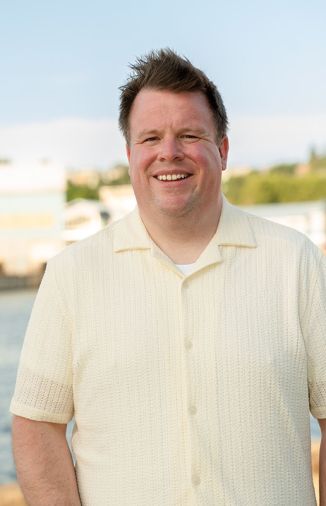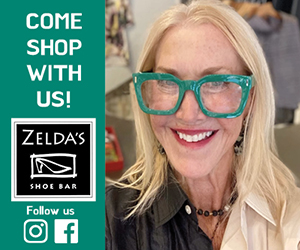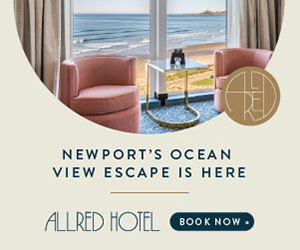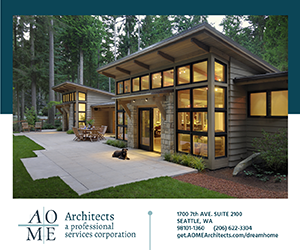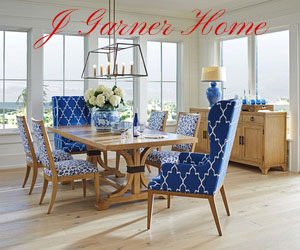Tell us about your introduction to architecture and why it interested you.
I spent my childhood dreaming about being an artist. I was fortunate to go to a public school with a wide variety of art programs and a collection of teachers who encouraged us to explore on our own. Experimenting with material and scale, I naturally gravitated toward architecture, so much so, that I began drafting at the age of 14. I believe my work encompasses these early influences.
You thrive in high-end residential projects, as well as remodels and additions. Does one area of design inform the other?
While each project scale offers different challenges, I appreciate the opportunities to think deeply about an elaborate detail in a large project, as that can inform how we think about a simpler detail in a small project, and vice versa. The efficiency and elegance that comes with a small project keeps in check the tendency to overelaborate in a large project.
You are known for going above and beyond to utilize the team’s critical mass of vision. How does your team begin this process?
It’s important to create spaces for each member of the team to best influence a project based on their respective skill sets. In addition, the work I’ve done with the Seattle Design Nerds, where any person can show up and get involved at any time, has helped me hone skills and find consensus in a design process that has many voices.
You’ve worked on a variety of different structures, what speaks to you about these different projects?
We love a challenge, and every structure is unique. Tiny projects, like a chicken coop or an inflatable structure where we may be the fabricator, lets us dive into the impact that design can have on labor. Large projects in difficult locations offer singular site puzzles. Each new issue is thrilling in its own way.
Although you’ve been in business for decades, your Seattle operation moved into a new building and has rebranded. How has this shift revitalized your offerings?
While we have the same commitment to crafting livable modern architecture, the change of scenery and name has given us a chance to experiment with new practices and ideas that play to the strengths of each member of our team. Our new location also offers other creative businesses and creatives that encourage us to challenge our preconceived notions.
What is unique about sticklab?
One unique thing is our connection to the public art community. Through the Seattle Design Nerds, a not-for-profit group I founded a decade ago during work on the Seattle Design Festival, there is a focus on creating temporal and experimental work; such as pieces that only exist for a few hours in a public park and non-traditional materials to create space. This group has a variety of folks across the spectrum of design (interior, graphic, interaction, industrial) and keeps my assumptions about design and the creative process from stagnating.
What influences are inspiring you and how does that impact your firm moving forward?
I find inspiration in experiential art and contingent urbanism. I’ve made it a habit to visit places and spaces that celebrate those worlds, most recently during a road trip across the Southwest to visit places like Marfa, Texas. The exploration of light, process, and architectural experience of spaces inform how we think about our own work.
What are some major takeaways from designing homes?
Custom homes are like tailored clothing, they are the unique outcome of the collaboration between the homeowner and design team.
Favorite travel destination for inspiration?
Japan. I love all the creativity required to make a home in Tokyo.

